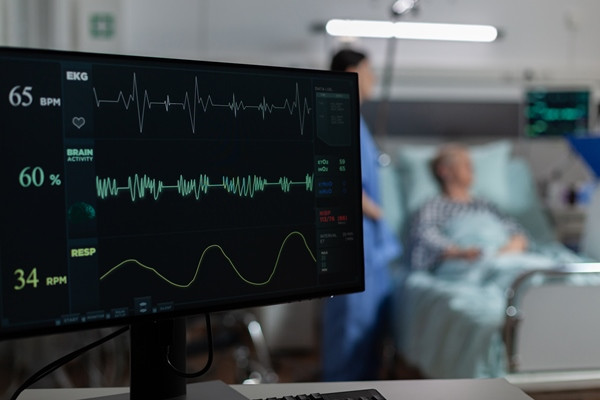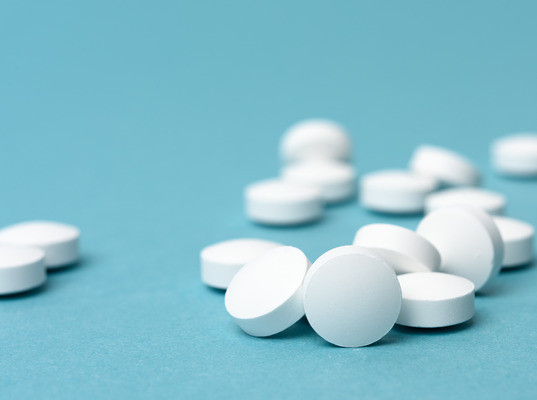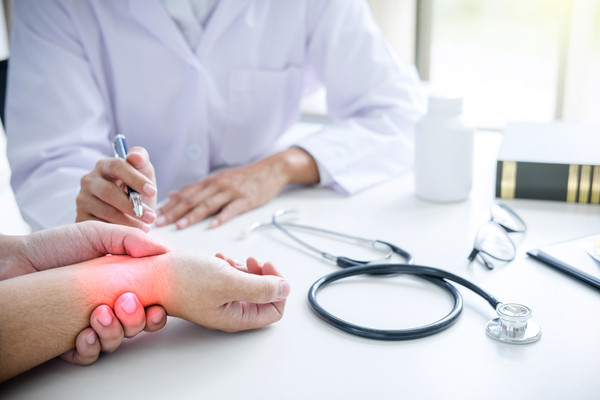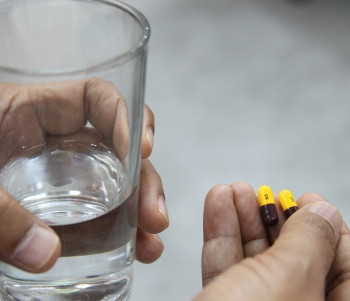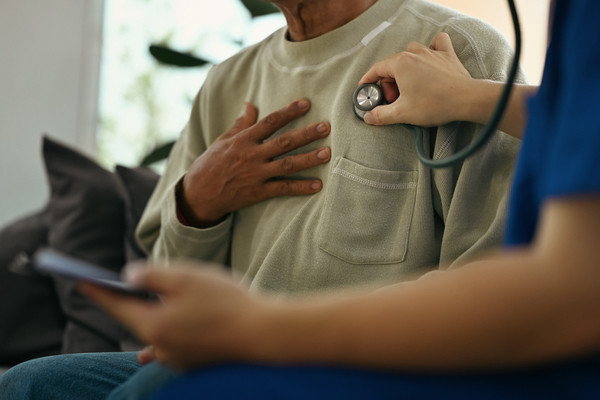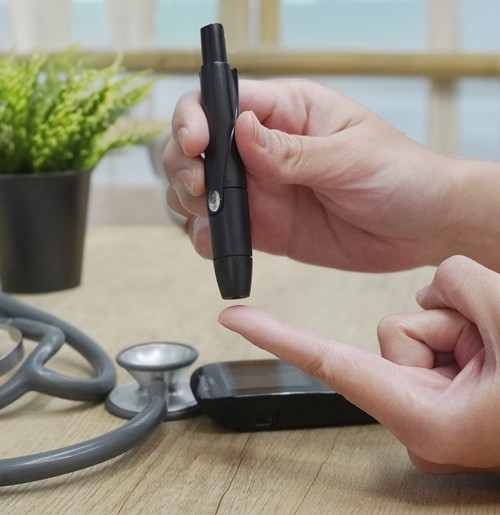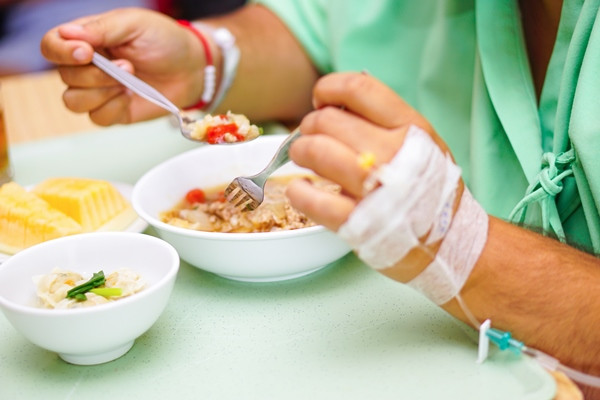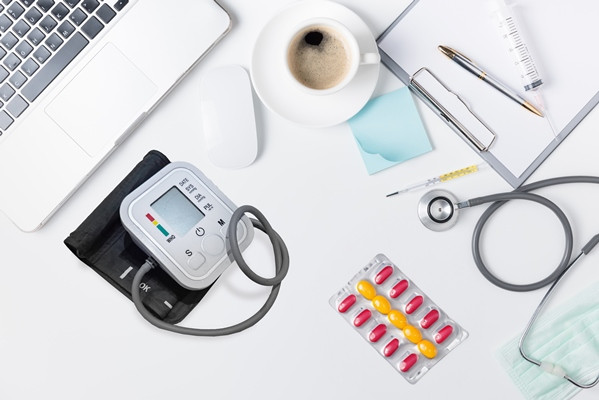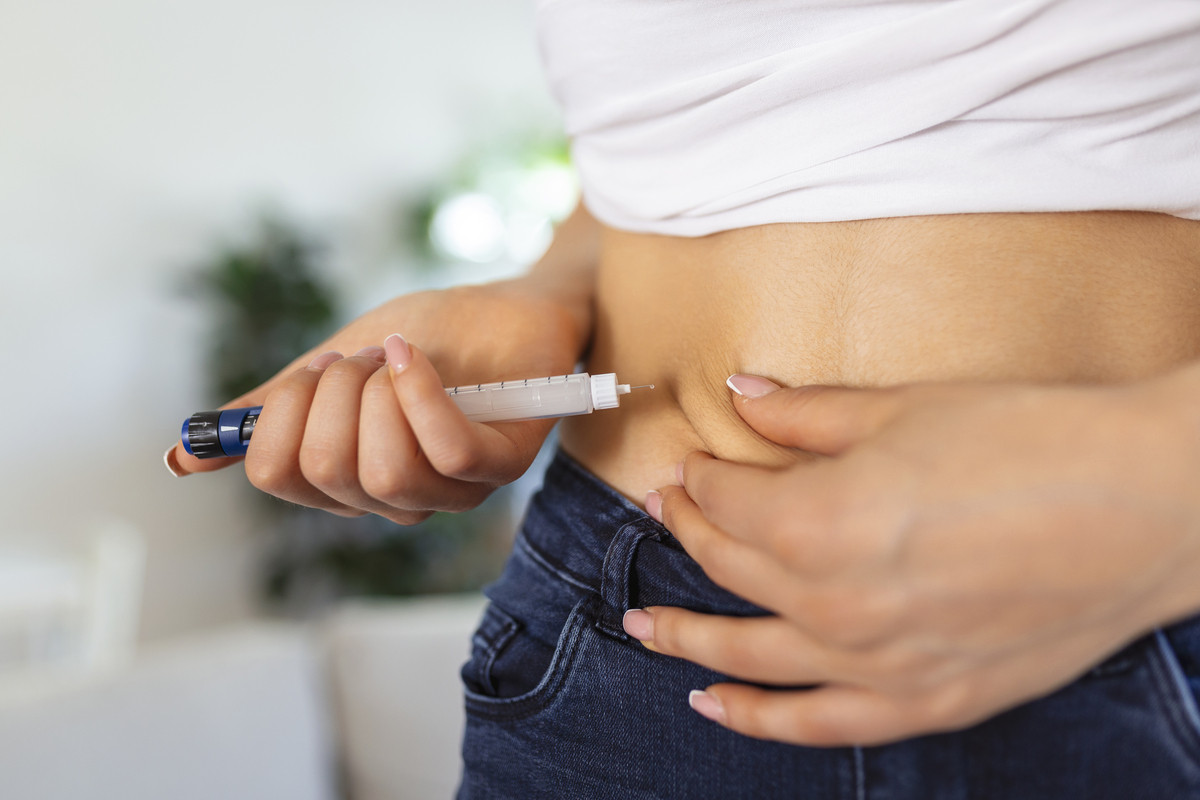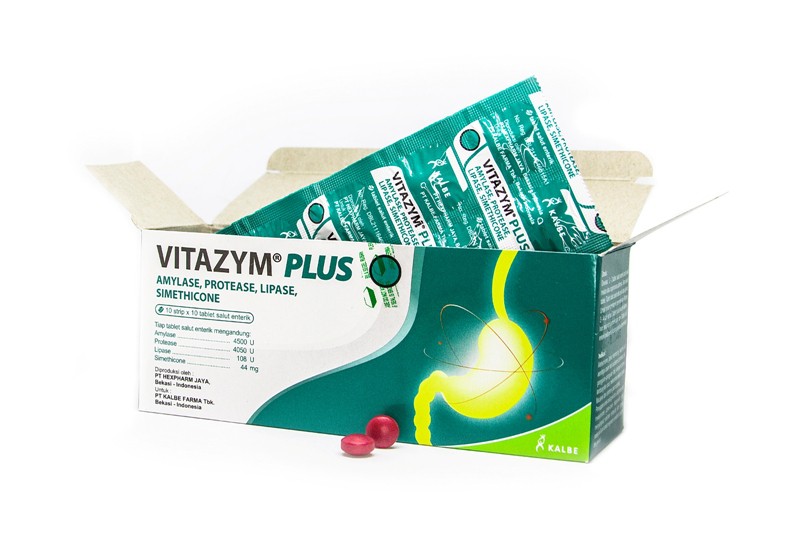Inflammatory Bowel Disease (IBD)
Pendahuluan dan Fakta
Inflammatory bowel disease (IBD) menggambarkan kondisi peradangan pada sistem pencernaan yang kronik dan idiopatik. Secara umum dibagi menjadi kolitis ulseratif (KU), penyakit Crohn (PC), dan IBD type unclassified (IBDU, dulu dikenal sebagai indeterminate colitis). Di Indonesia sendiri belum ada studi epidemiologi mengenai IBD, data masih didasarkan laporan rumah sakit saja (hospital based). Simadibrata dari Jakarta pada tahun 2002 melaporkan 5,2% kasus PC dan KU dari seluruh total kasus kolonoskopi yang dilakukan di RS Cipto Mangunkusumo.
Dari data di unit endoskopi pada beberapa rumah sakit di Jakarta (RSCM, RS. Tebet, RS. Siloam Gleaneagles, RS. Jakarta) terdapat kesan bahwa kasus IBD berkisar 12.2% kasus yang dikirim dengan diare kronik, 3.9% kasus hematoschezia, 25.9% kasus diare kronik, berdarah dan nyeri perut, sedangkan pada kasus nyeri perut didapatkan sekitar 2.8%. Data ini juga menyebutkan bahwa secara umum, kejadian KU lebih banyak daripada kasus PC. Secara global dikatakan bahwa insidens IBD adalah 10 kasus per 100.000 penduduk, KU 2.2–14.3 kasus per 100.000 penduduk dan PC 3.1–14.6 kasus per 100.000 penduduk.
Patofisiologi
Hingga saat ini, etiologi pasti IBD belum sepenuhnya dimengerti. Banyak teori diajukan namun belum ada kausa tunggal yang diketahui sebagai penyebab IBD. Salah satu teori yang diyakini adalah peranan mediasi imunologi pada individu yang memang rentan secara genetis. IBD diyakini merupakan hasil respons imun yang menyimpang dan berkurangnya toleransi pada flora normal usus yang berakibat terjadinya inflamasi kronik pada usus.
Kondisi ini didukung dengan adanya temuan antibodi terhadap antigen mikrobial dan diidentifikasinya gen CARD15 sebagai gen penyebab kerentanan terjadinya IBD. Secara genetis, disebutkan bahwa adanya mutasi pada gen NOD2 (gen IBD1) atau CARD15 (gen NOD2) di kromosom 16 dapat dikaitkan dengan terjadinya IBD (terutama untuk PC). Meski demikian, gen-gen ini tidak disebutkan bersifat kausal terhadap IBD. Secara umum, diperkirakan bahwa proses patogenesis IBD diawali adanya infeksi, toksin, produk bakteri atau diet intralumen kolon pada individu rentan dan dipengaruhi oleh faktor genetik, defek imun, lingkungan sehingga terjadi kaskade proses inflamasi pada dinding usus.
Banyak mediator inflamasi telah dikenali dalam patogenesis IBD. Sitokin yang dilepaskan oleh makrofag sebagai respons terhadap berbagai stimulus antigenik akan berikatan dengan beragam reseptor dan menghasilkan efek autokrin, parakrin, dan endokrin. Sitokin mengubah limfosit menjadi sel T dimana sel T helper-1 (Th-1) berperan dalam patogenesis PC dan sel T-helper 2 (Th-2) berperan dalam KU. Respons imun ini akhirnya akan merusak mukosa saluran cerna dan memicu terjadinya kaskade proses inflamasi kronik.
Faktor Risiko
Beberapa faktor risiko terjadinya IBD adalah:
- Usia. Lebih banyak orang yang mengidap IBD didiagnosis sebelum berusia 30 tahun. Namun, beberapa orang tidak mengalami IBD sampai berusia 50 atau 60 tahun.
- Suku atau etnis. Meskipun IBD lebih sering terjadi pada orang berkulit putih, penyakit ini dapat terjadi pada suku atau etnisitas manapun. Kasus juga meningkat di suku dan etnis lain.
- Riwayat penyakit keluarga.
- Merokok. Merokok adalah faktor risiko terpenting yang dapat dikendalikan untuk agar mencegah timbulnya penyakit Crohn. Merokok dapat membantu mencegah kolitis ulserativa. Namun, bahayanya terhadap kesehatan secara keseluruhan lebih besar daripada manfaatnya, dan berhenti merokok dapat meningkatkan kesehatan saluran pencernaan Anda secara umum, serta memberikan banyak manfaat kesehatan lainnya.
- Penggunaan obat-obatan anti-nyeri non-steroid (NSAIDs). Beberapa NSAIDs seperti ibuprofen, naproxen sodium, diclofenac sodium, dapat meningkatkan risiko terjadinya IBD atau memperburuk IBD itu sendiri.
Gejala Klinis dan Komplikasi
Secara umum, keluhan IBD berupa diare kronik dengan atau tanpa darah, dan nyeri perut. Selain itu, kerap dijumpai manifestasi di luar saluran cerna (ekstraintestinal), seperti artritis, uveitis, pioderma gangrenosum, eritema nodosum, dan kolangitis. Sedangkan secara sistemik, dapat dijumpai gambaran sebagai dampak keadaan patologis yang ada seperti anemia, demam, gangguan nutrisi. Satu hal yang penting diingat adalah pola perjalanan klinis IBD bersifat kronik-eksaserbasi-remisi atau secara umum ditandai oleh fase aktif dan fase remisi.
Diagnosis
Secara laboratorik, tidak ada parameter yang spesifik untuk IBD. Umumnya yang digunakan adalah parameter penanda inflamasi secara umum seperti laju endap darah (LED) atau C-reactive protein (CRP). Pada PC, kadar CRP serum berkorelasi positif dengan aktivitas penyakit dan dengan penanda inflamasi lainnya sesuai dengan indeks aktivitas PC. Peningkatan kadar CRP > 45mg/L pada pasien IBD dapat membantu klinisi untuk mengambil keputusan perlunya dilakukan kolektomi.
Dikatakan pemeriksaan kultur tinja dapat membantu penentuan apakah peradangan disebabkan oleh infeksi atau non-infeksi. Pemeriksaan endoskopi berperan sangat penting dalam penegakan diagnosis sekaligus terapi IBD dengan akurasi diagnostik berkisar 89%. Umumnya, pemeriksaan endoskopi diikuti dengan pemeriksaan histopatologi sediaan biopsi. Pemeriksaan lain seperti pencitraan dengan kontras ganda dapat dilakukan sebagai alat konfirmasi endoskopi.
Pengobatan dan Perawatan
Secara umum, prinsip terapi IBD adalah: (1) mengobati peradangan aktif IBD dengan cepat hingga tercapai remisi; (2) mencegah peradangan berulang dengan mempertahankan remisi selama mungkin; dan (3) mengobati serta mencegah komplikasi. Pemberian antibiotik misalnya metronidazole dosis terbagi 1500 – 3000 mg per hari dikatakan cukup bermanfaat menurunkan derajat aktivitas penyakit, terutama PC. Sedangkan untuk KU, jarang diberi terapi antibiotik. Antibiotik diberikan dengan latar belakang bahwa salah satu agen proinflamasi disebabkan oleh bakteri intraluminal.
Sebagian besar bakteri intraluminal bersifat komensal dan tidak menginduksi reaksi inflamasi namun mereka masih mampu mempengaruhi respons imun dan menginduksi sel epitel intestinal untuk menekan kemotaksis, menurunkan ekspresi sitokin proinflamasi dan meningkatkan produksi interleukin 10. Interaksi antara bakteri pejamu ini dikenal dengan istilah disbiosis. Pemberian probiotik seperti laktobasilus berperan dalam upaya mencapai kondisi 85% remisi klinis dan endoskopis pada pasien pasca-kolektomi.
Hingga saat ini, obat golongan glukokortikoid masih merupakan obat pilihan untuk IBD derajat sedang dan berat dalam fase peradangan aktif. Pemilihan obat steroid konvensional, seperti prednison, metilprednisolon ataupun steroid enema, masih menjadi primadona karena harga yang murah dan ketersediaan yang luas. Dosis umumnya adalah setara 40 – 60 mg prednison. Namun, jangan dilupakan efek sistemik obat-obatan ini. Idealnya, dicapai kadar steroid yang tinggi pada dinding usus namun dengan efek sistemik yang rendah. Umumnya, preparat yang digunakan dewasa ini adalah budesonid. Remisi biasanya tercapai dalam waktu 8 – 12 minggu yang kemudian diikuti dengan penurunan dosis (tapering down) yakni sekitar 10 mg per minggu hingga tercapai dosis 40 mg atau 5 mg per minggu hingga tercapai 20 mg. Kemudian dosis di-tapering off 2.5 mg per minggu.
Asam Aminosalisilat Preparat 5-asam aminosalisilat (5-ASA) atau mesalazine saat ini lebih disukai dari preparat sulfasalazin karena efek sampingnya lebih kecil meski efektivitasnya relatif sama. Di Indonesia, sulfasalazin dipasarkan dalam bentuk sediaan tablet 250 mg dan 500 mg, enema 4 g/60 mL, serta suppositoria 500 mg. Dosis rerata untuk mencapai remisi adalah 2 – 4 gram per hari meski ada kepustakaan yang menyebutkan penggunaan 5-ASA ini minimal 3 gram per hari. Umumnya remisi tercapai dalam 16 – 24 minggu yang kemudian diikuti dengan dosis pemeliharaan. Dosis pemeliharaan 1,5 – 3 gram per hari. Untuk kasus-kasus usus bagian kiri atau distal, dapat diberikan mesalazin supositoria atau enema, sedangkan untuk kasus berat, biasanya tidak cukup hanya dengan menggunakan preparat 5-ASA.
Untuk mencegah peradangan berulang, dilakukan upaya mempertahankan masa remisi selama mungkin melalui dosis pemeliharaan 5-ASA yang bersifat individual atau mengganti obat steroid pada fase peradangan akut dengan obat-obatan golongan imunosupresif, anti-tumor necrosis antibody, dan probiotik. Imunomodulator Azatioprin dan 6-merkaptopurin, siklosporin, dan metotreksat merupakan beberapa jenis obat kelompok imunomodulator. Dosis inisial azatrioprin 50 mg diberikan hingga tercapai efek substitusi lalu dinaikkan bertahap 2.5 mg per kgBB. Umumnya, efek terapeutik baru tercapai dalam 2 – 3 bulan.
Efek samping yang sering dilaporkan adalah nausea, dispepsia, leukopeni, limfoma, hepatitis hingga pankreatitis. Siklosporin intravena diketahui dapat bermanfaat untuk kasus akut KU refrakter dengan angka keberhasilan 50 – 80%. Efek samping yang sering dilaporkan meliputi gangguan ginjal dan infeksi oportunistik. Sedangkan metotreksat dikenal sebagai preparat yang efektif untuk kasus PC steroid dependent sekaligus untuk mempertahankan remisi pada KU. Dosis induksi 25 mg intramuskular atau subkutan per minggu hingga selesai tapering off steroid.
Referensi
- Firmansyah, MA. Perkembangan Terkini Diagnosis dan Penatalaksanaan Imflammatory Bowel Disease. CDK. 2013;203:40(4): 274-52.
- Mayo Clinic. Inflammatory bowel disease (IBD) [Internet]. 2022. Available from: https://www.mayoclinic.org/diseases-conditions/inflammatory-bowel-disease/symptoms-causes/syc-20353315





